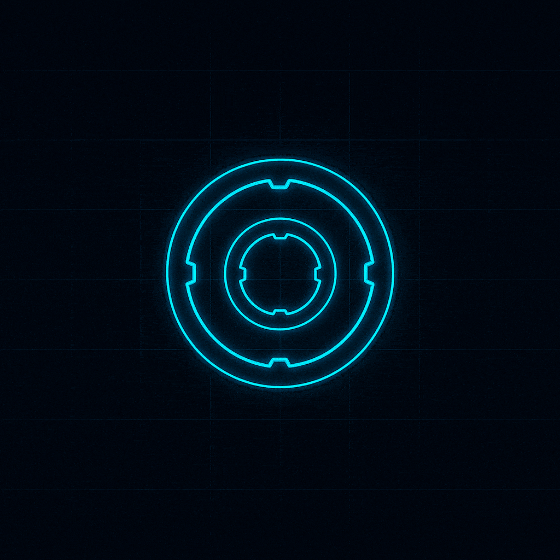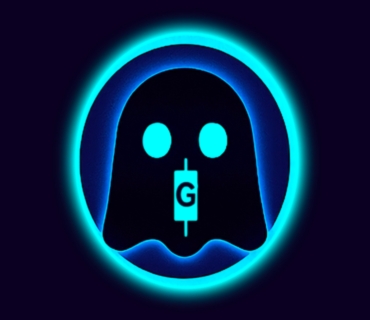What Is Tokenization?
Tokenization is the process of converting ownership or rights to a real or digital asset into a blockchain-based token.
In simple terms, tokenization allows something that exists in the real world — such as property, artwork, stocks, or even loyalty points — to be represented as a digital token on a blockchain. This makes ownership transferable, divisible, and verifiable in a secure, transparent way.
Tokenization bridges the gap between traditional finance and decentralized technology, making assets more liquid, programmable, and accessible to anyone worldwide.
How Tokenization Works
When an asset is tokenized, its details (such as ownership, value, and metadata) are recorded on a blockchain. A digital token is created to represent that asset.
The token acts as a digital certificate of ownership that can be stored, traded, or transferred just like cryptocurrency.
Example:
Imagine a building worth $10 million.
Instead of requiring one buyer, the owner can tokenize it into 10 million digital tokens, each worth $1.
Every token represents a fractional share of the property — and can be bought, sold, or traded globally, 24/7, on blockchain markets.
This concept turns illiquid assets into liquid ones and gives smaller investors access to opportunities that were once limited to large institutions.
Types of Tokenized Assets
-
Real-World Assets (RWA):
Includes real estate, commodities, fine art, and even precious metals. -
Financial Instruments:
Stocks, bonds, and securities can be tokenized and traded more efficiently than in traditional markets. -
Utility Tokens:
Provide access to a product or service within a blockchain ecosystem (for example, paying transaction fees or voting in a DAO). -
Security Tokens:
Represent regulated financial assets that derive their value from external, tradable assets and are subject to securities laws. -
Non-Fungible Tokens (NFTs):
Represent unique, one-of-a-kind assets such as digital art, identity credentials, or collectibles.
Benefits of Tokenization
-
Accessibility: Anyone with an internet connection can participate in global markets.
-
Liquidity: Enables fractional ownership and instant trading of assets that were previously hard to sell.
-
Transparency: Ownership and transaction history are publicly verifiable on the blockchain.
-
Security: Blockchain’s cryptographic structure prevents unauthorized changes.
-
Efficiency: Removes intermediaries, reducing costs and settlement times.
Popular Platforms and Examples
-
XDC Network: Focuses on tokenizing trade finance instruments (like invoices and letters of credit) for global business integration.
-
Stellar (XLM): Designed for tokenizing currencies and assets to facilitate cross-border payments.
-
Hedera (HBAR): Offers stable, enterprise-grade tokenization through its HTS (Hedera Token Service).
-
Flare Network (FLR): Enables tokenized assets from non-smart contract chains like XRP and Litecoin to be used in DeFi.
-
Ripple (XRP Ledger): Supports tokenized assets and central bank digital currencies (CBDCs) through its built-in ledger functions.
Tokenization and ISO 20022
Tokenization aligns with ISO 20022, the international financial messaging standard for interoperability and transparency in global payments.
Blockchains like XDC, XRP, XLM, and HBAR are leading this movement by ensuring that tokenized assets can integrate seamlessly with traditional banking systems.
Challenges of Tokenization
-
Regulatory uncertainty: Tokenized assets often face differing laws across countries.
-
Custody and legal ownership: Questions remain about who holds ultimate ownership when tokens represent physical assets.
-
Adoption barriers: Many traditional institutions are still adapting to blockchain frameworks.
Despite these challenges, tokenization continues to grow rapidly and is expected to transform industries such as real estate, art, logistics, and global finance.
Summary
Tokenization transforms how we own, trade, and interact with assets.
By representing real-world and digital assets as blockchain tokens, it opens a new era of transparency, inclusivity, and liquidity in global markets.
From property and commodities to digital art and securities, tokenization is redefining ownership — one token at a time.



Add comment
You must be logged in to post a comment.